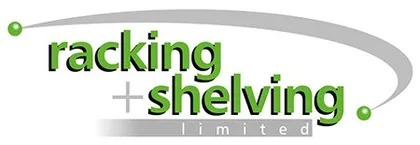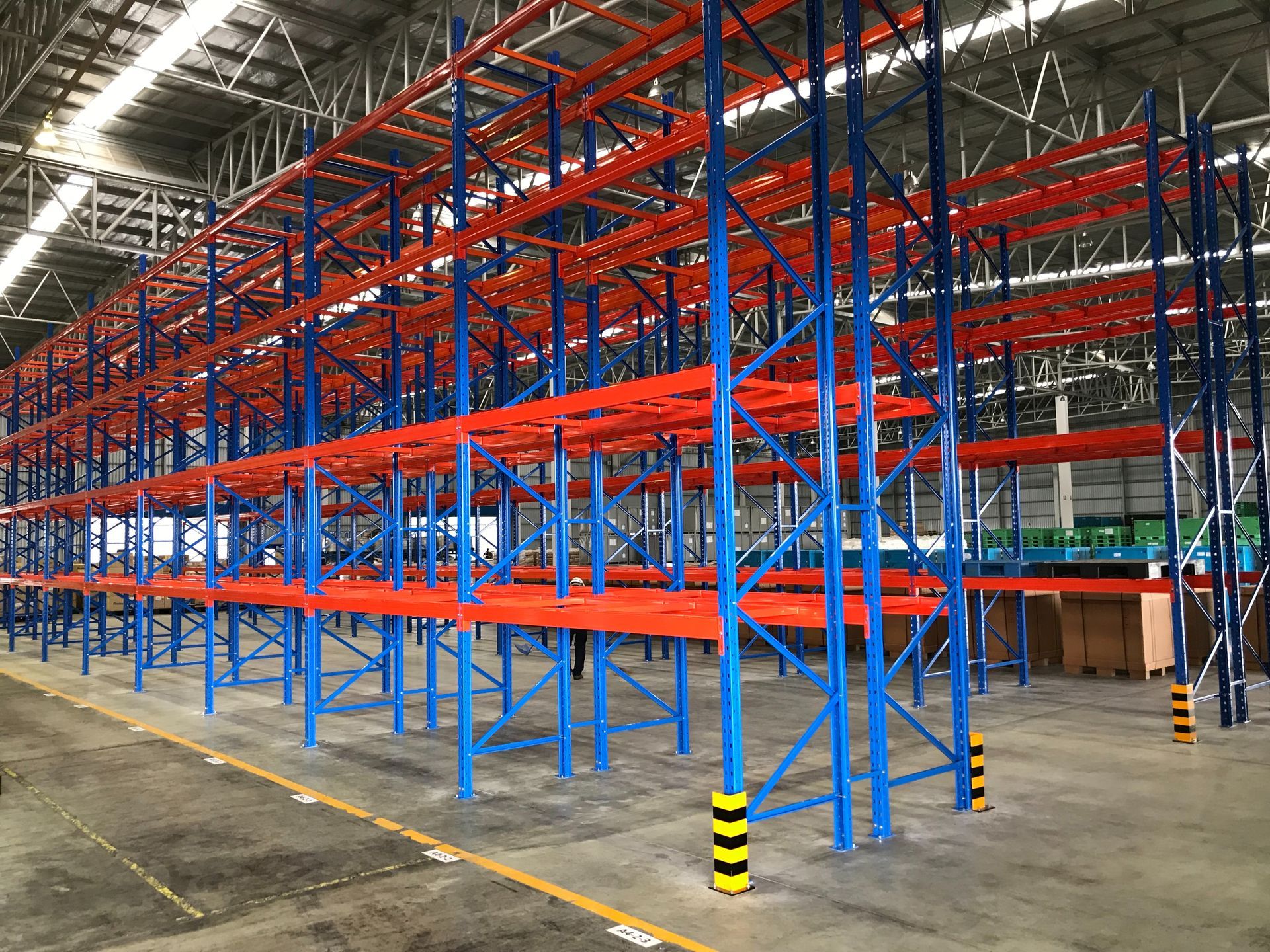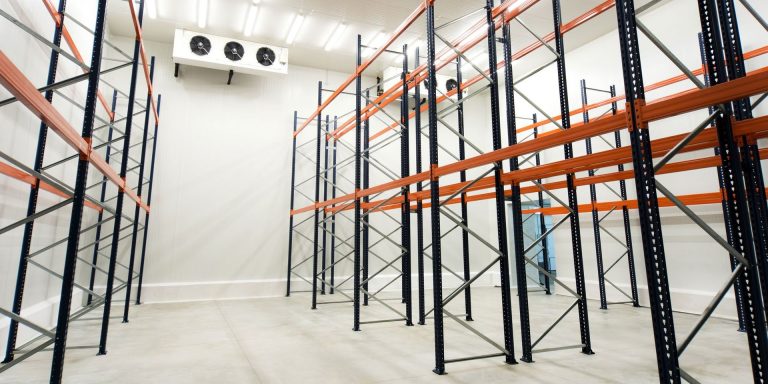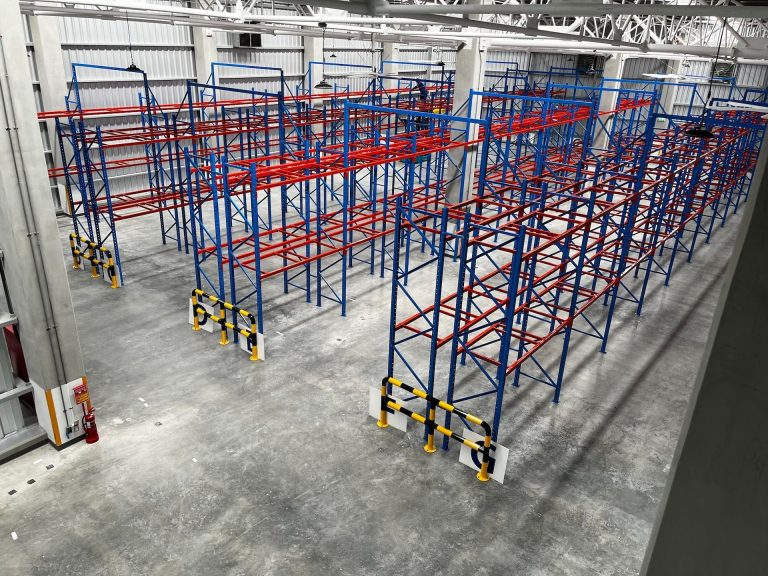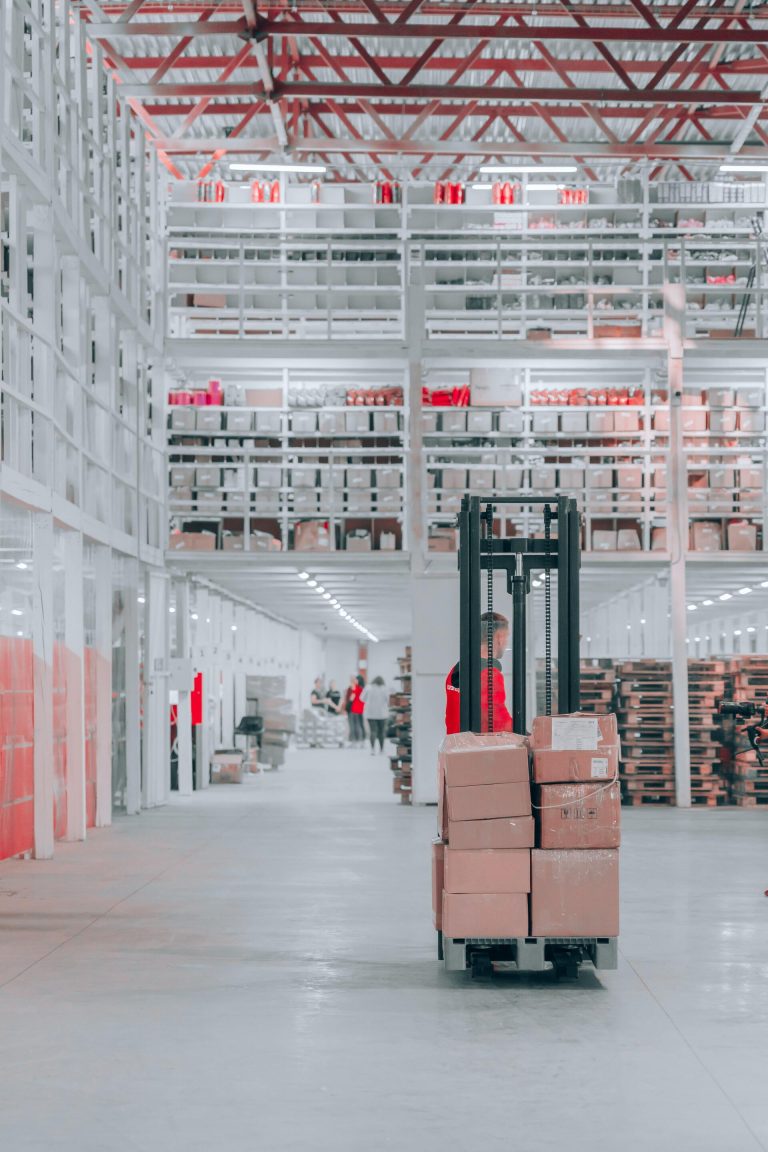The Leading Causes of Unsafe Pallet Racking | RSLNI
Why do pallet accidents happen?
Pallet racking is the perfect way to transform your warehouse or factory. It allows you to maximise your existing space, makes it easier for warehouse operatives to find the right things, and means you can scale your business more effectively.
However, poor-quality or mishandled pallet racking can lead to injury. And as the owner or duty holder of a business, you’re responsible for the health, safety, and welfare of your workers.
Let’s look at what can cause pallet racking to become unsafe, and how you can protect your workforce.
Find out more about the benefits of pallet racking systems.
- Cause 1: Forklift damage
- Cause 2: Exposure to moisture and other elements
- Cause 3: Overloading a pallet rack
- Cause 4: Incorrect loading and unloading techniques
- Cause 5: Poorly maintained components
- Cause 6: Inadequate warehouse or factory conditions
- Cause 7: Poor (or no) training
- Cause 8: Buying used pallet racking
- Our final thoughts
Cause 1: Forklift damage
Pallet racking is designed to work with forklifts. Find the pallet you want to move, engage the forklift, secure the load, and drive away. Job done.
However, forklifts can crash into and damage the base of the pallet racking, weakening the structure and reducing the load-carrying capacity. This means more chance of the pallet racking failing.
One of the easiest and most efficient ways to reduce the risk of forklift damage is through training. While there’s no specific requirement for a formal forklift operator license in the UK, it’s imperative to offer basic training, as well as refresher training.
Ensure operators are supervised at all times, and don’t allow employees to drive if they are in poor health or have displayed evidence of dangerous forklift driving in the past.
Post protectors, end guards, and bollards can divert the impact of a forklift, helping reduce the amount of damage caused to pallet racking if someone drives into it.
It’s also important to keep an eye on the layout of your warehouse or factory and identify any issues. For example, too-tight corners, narrow aisles, and poor lighting make it easier for forklift operatives to clip and crash into your racking systems.
Cause 2: Exposure to moisture and other elements
Many pallet racks are made of steel, as it’s strong and cost-effective. However, steel is more likely to corrode. This is because the iron in the steel reacts with oxygen in the air, forming iron oxide, or rust.
If a pallet rack is exposed to moisture, for example, if it is used outside or in a humid environment, rust forms, causing the steel to become flaky and brittle. This weakens it over time, increasing the chances of reduced load capacity and damage. Steel pallet racks can also be corroded by acids, iron and carbon, or high temperatures.
Steel pallet racking can be protected by painting, powder-coating, or galvanising it. Regular inspections should also take place to identify damaged and rusted components before they cause issues.
Cause 3: Overloading a pallet rack
While pallet racking is designed to hold several pallets of items, there is a weight limit in place. This weight varies depending on the pallet racking system employed.
If the racking is overloaded and this weight is exceeded, the racking could collapse, or the pallets could fall off. Both outcomes could have catastrophic consequences.
Changing the configuration of a racking system can also cause issues. For example, if an employee moves a beam up or down, this can mean it no longer supports the maximum load.
Even if there is no immediate damage, overloading pallet racks can cause the beams or beam connectors to become deformed over time.
All pallet racking systems need to have prominent load notices displayed. These notices identify the maximum amount of weight the racking system can carry, as well as on a per-level basis. It’s critical that this weight limit is not exceeded.
If you have irregularly shaped or heavy objects, it’s worth looking at specialised racking that has been designed to hold specific items safely. For example, you can get special racking for tyres, or use cantilever racking for tubes, timber, or rolls of carpet.
Alternatively, rather than building pallet systems upwards, you may opt to create a mezzanine floor instead.
Cause 4: Incorrect loading and unloading techniques
Overloading a pallet rack can cause issues, but loading and unloading a pallet rack incorrectly can also cause problems.
For example, if a forklift operative loads a pallet unevenly or off-centre, this can cause the racking to become unstable, increasing the risk of accidents.
Thorough forklift training can prevent this from happening. It’s also essential to prioritise safety over speed, as forklift operatives that are rushed are more likely to load and unload pallet racks incorrectly.
Cause 5: Poorly maintained components
Ignoring damaged or corroded elements of a pallet racking system can be dangerous. Even one weakened part can reduce the integrity of the entire structure.
Pallet racking inspections aren’t a legal requirement. However, they can be one of the most efficient ways to identify damage and make sure any issues are resolved before they cause significant problems.
The HSE recommends that inspections take place on a regular basis, determined by a risk assessment. Racking inspections should also take place if damage is caused, for example, if a forklift collides with a pallet rack.
Written records of any inspections also be available – these can prove what you’ve done to make your pallet racking safe if an accident occurs.
Warehouse operatives should also be encouraged to report any damage or issues to their supervisor or someone responsible for racking safety.
If any repairs need to be made, ensure they are done by a certified and skilled engineer. If the integrity of the pallet racking is too far gone, it may be safer to purchase a new component.
Cause 6: Inadequate warehouse or factory conditions
It’s not just the condition of the pallet racking you need to look out for. You also need to consider the overall state of your warehouse or factory too.
For example, inadequate lighting makes it harder for forklift operatives to see where they are going, increasing the chances of colliding with pallet racking or loading pallets unevenly.
An uneven or damaged floor beneath the pallet racking can make it unstable, increasing the risk of collapse.
A thorough risk assessment is essential to make sure that any issues are identified and resolved.
Cause 7: Poor (or no) training
We’ve talked about the importance of forklift training to ensure pallet racking isn’t damaged. However, it’s critical that all operatives, regardless of whether they drive forklifts or not, are trained on the potential dangers of pallet racking.
As an example, one of the most common issues seen is workers climbing pallet racks to get the items they need. This doesn’t just put the climber at risk, but people on the ground too.
Thorough training is essential, as part of the onboarding process, through toolbox talks, and refreshers during the course of an employee’s career. Equally, disciplinary action must be taken when a warehouse operative breaks the rules.
Cause 8: Buying used pallet racking
When you need to extend your warehouse or factory on a shoestring, buying used pallet racking can be tempting.
However, used pallet racking can be damaged, causing issues when it is installed in your warehouse. And the worst thing is, this damage can often be hard to see.
If you are considering second-hand pallet racking, inspect it thoroughly for dents, rust, scratches and other marks before parting with your money.
Alternatively, a new pallet racking system isn’t as expensive as you might think – we’re happy to audit your warehouse or factory and suggest the right option for your budget.
Our final thoughts
Overall, pallet racking is one of the safest ways to organise your warehouse. Warehouse operatives don’t have to use ladders to reach items, and as products are better organised, there are fewer trip hazards.
However, it’s important not to be complacent when it comes to pallet racking. Thorough health and safety training , as well as regular maintenance , will ensure your pallet racking stays safe and effective in the years to come.
In summary:
- Train your forklift operatives around pallet racking
- Protect your pallet racking against moisture and other damaging elements
- Don’t overload pallet racks, and know how much weight they can carry
- Ensure operatives know how to load and unload pallets correctly
- Carry out regular inspections and record your findings
- Conduct risk assessments
- Implement a thorough employee training programme
- Thoroughly inspect used pallet racking for damage
If you have any further questions about which pallet racking is suitable for your warehouse, we’d be happy to help. Get in touch with our team today.
